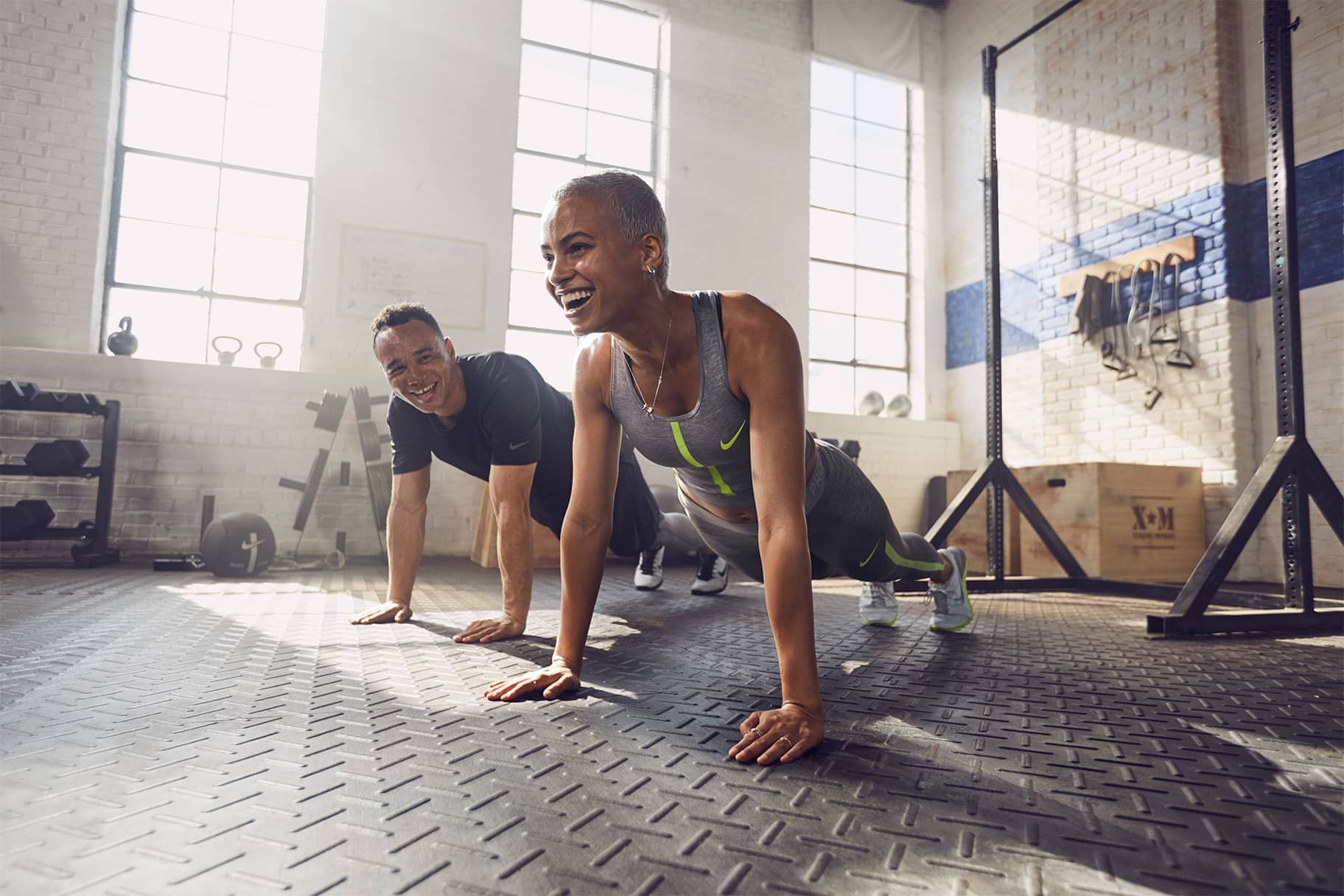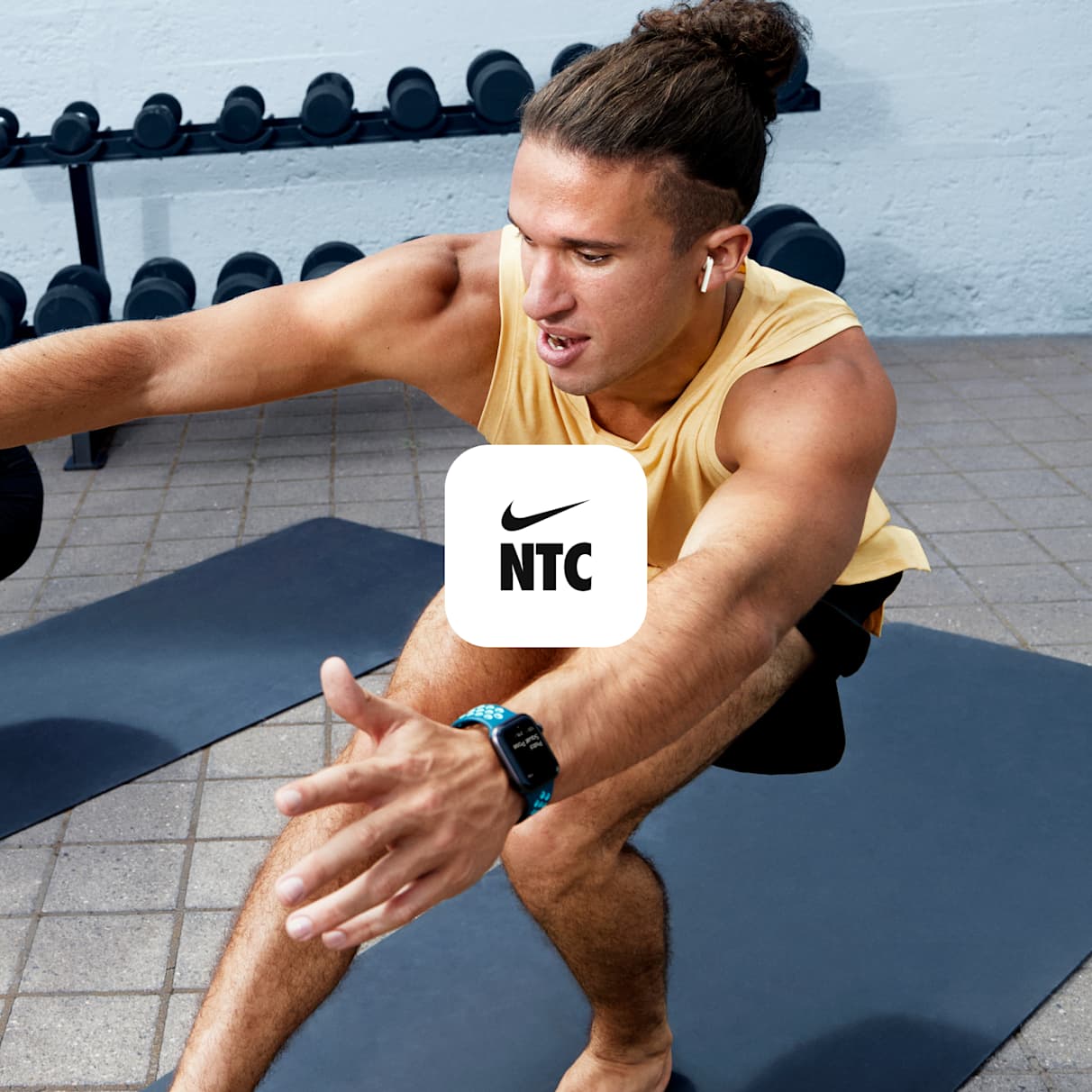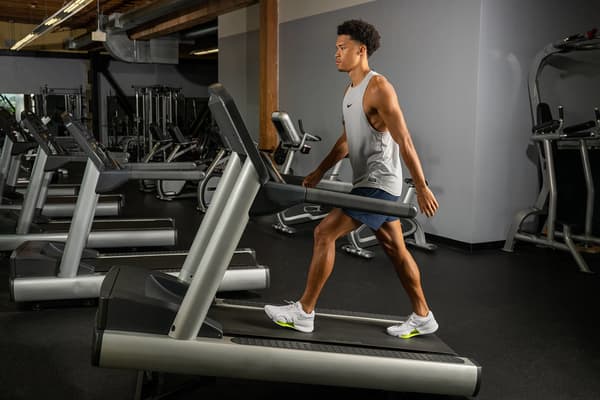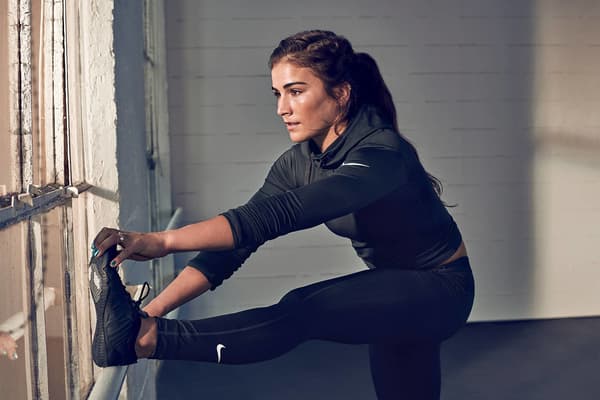How an Exercise Routine Can Help with Depression and Anxiety
Health & Wellness
Regular exercise offers more than just physical benefits—it can also improve symptoms of depression and anxiety.

Exercise can do many wonderful things for your mind and body. For example, it can help you lose and maintain weight, keep your heart healthy, add muscle mass and strengthen your social connections. But can physical activity help with depression and anxiety?
In a word, yes.
In fact, the authors of a review of studies published in the Journal of Personality and Social Psychology determined that exercise is the most effective strategy for fixing an anxious or bad mood.
Here, we explain how a regular exercise routine helps tame symptoms of depression and anxiety. Plus, you'll learn how to reap the benefits of physical activity for yourself.
Why Exercise Works to Balance Mood
There are many reasons why exercise helps elevate mood and lower anxiety. At a basic level, exercise distracts you from whatever may be making you depressed or anxious.
One of the most-cited perks of exercise is that it increases your body's feel-good chemicals, such as endorphins, serotonin, dopamine and norepinephrine. When your body gets flooded with these energising, uplifting chemicals, feelings of anxiety and stress can be significantly reduced, says Carla Marie Manly, PhD, a clinical psychologist who works with people with anxiety and depression.
Exercise also stimulates the release of brain-derived neurotrophic factor (BDNF), a molecule that plays a central role in maintaining healthy brain connections, according to a 2017 review in Frontiers in Psychology. Low levels of BDNF have been linked with depression and suicidal behaviour.
"An amazing aspect of regular exercise is its ability to push the brain to become a healthier, better version of itself", says Ben Spielberg, MS, founding neuroscientist and CEO of TMS & Brain Health centres based in Southern California.
Of course, you can't overlook how the social aspects of exercise can benefit your mental health. "Exercise can bring people closer together, make them feel more confident in social interactions and decrease anxiety in a variety of circumstances", Spielberg says.
The Best Exercises for Depression and Anxiety
1.Yoga

"I recommend yoga as an easily accessible activity for people with depression and anxiety", says Jewell Singletary, a certified mental health first aid responder and trauma-informed yoga instructor. "The gentle movement and calming breathing patterns helps activate the parasympathetic nervous system, which is our bodies' natural relaxation response".
Plus, a 2019 study in the Journal of Alternative and Complementary Medicine reveals that women who practised Bikram yoga (also known as hot yoga) for eight weeks saw improvements in their depression symptoms. The women who attended yoga the most often experienced significant improvements in self-reported depression symptoms such as hopelessness and quality of life.
There are many forms of yoga to choose from, including Bikram yoga, hatha yoga, vinyasa yoga, yin yoga and mash-ups that combine yoga poses with goats or activities like stand-up paddleboarding.2.Running

There are immediate and long-term mood benefits associated with running. One study published November 2021 in Scientific Reports found that just 10 minutes of moderate-intensity running was enough to boost mood.
Meanwhile, prolonged or intense running sessions can stimulate your endocannabinoid system. When this happens, your body gets a surge of neurochemicals that create a deeply relaxing state of euphoria, according to a 2015 review in Frontiers in Psychology. You may recognise this state as "runner's high".
Research also suggests that the longer you stick with running, the better its mood-boosting effects. For example, a 2018 study in BMJ Open Sport & Exercise Medicine found that people with mood disorders who followed a 12-week running programme saw lower symptoms of depression and anxiety over time.
If running isn't your scene, try other forms of physical activity and cardio such as walking, trail running, hiking, rowing, cycling, swimming or even kickboxing.3.Strength Training

Lifting weights can do just as much for your muscles as it can for your mental health. For example, a meta-analysis published in 2018 in JAMA Psychiatry reveals that strength training significantly reduced symptoms of depression in adults, regardless of how many reps, sets and workouts they did.
An earlier review in Sports Medicine found that strength training also lowers anxiety, both in healthy folks and those diagnosed with a physical or mental illness.
Weightlifting hasn't been studied as thoroughly as cardio exercise or yoga, but the mood-boosting mechanisms may be similar. In fact, one clinical trial in The Journal of Consulting and Clinical Psychology even pitted weightlifting against running and found that both lowered symptoms of depression equally among depressed women.
Experiment with different lifting styles until you find one that clicks. Here are a few types to get you started:
- Circuit training
- Muscle building (also known as hypertrophy)
- Heavy lifting
- Bodyweight-only movement (also known as calisthenics)

The good news is you don't have to transform into an avid marathoner or competitive bodybuilder to see mental-health benefits from exercise and physical activity.
In fact, simply walking for an hour or running for 15 minutes a day can slash the risk of major depression by 26 percent, according to a study published in JAMA Psychiatry. And if you keep up your daily exercise, you may be able to stave off a relapse, the authors add.
The key is to find a physical activity that resonates with you and do it. Then, rinse and repeat.
"As with anything, consistent practice is needed to build resilience and create change over time", Singletary says.
A Couple of Caveats
1.Exercise Is Personal
Research may support the benefits of a given exercise. But at the end of the day, the best type of exercise varies from one person to another. The best physical activity for you will depend on your personality and needs.
For example, a group yoga class may be soothing if you have low-level anxiety. But if you get anxious in social settings, you may have a hard time with the communal aspects of a group yoga class, Manly says.
What's more, if the activity, setting or even intensity level aren't a good fit, a workout may actually fuel frustration and self-doubt, she continues. Negative feelings like these can then worsen depression and anxiety.
So, hunt for physical activities that make you feel good. "Once you find something you enjoy, the mental-health benefits tend to be pretty immediate", Manly says.2.Exercise Has Its Limits
Regular movement can give you a short-term mood boost and help you cope with symptoms. However, it doesn't take away any underlying causes of depression and anxiety, such as dysfunctional relationships, substance abuse issues or panic disorders, Manly says.
You may need to combine exercise with antidepressants, cognitive behavioural therapy (CBT) and/or stress-reducing practices such as meditation. Consider working with a psychologist or behavioural-health expert to develop the perfect treatment plan for you.





